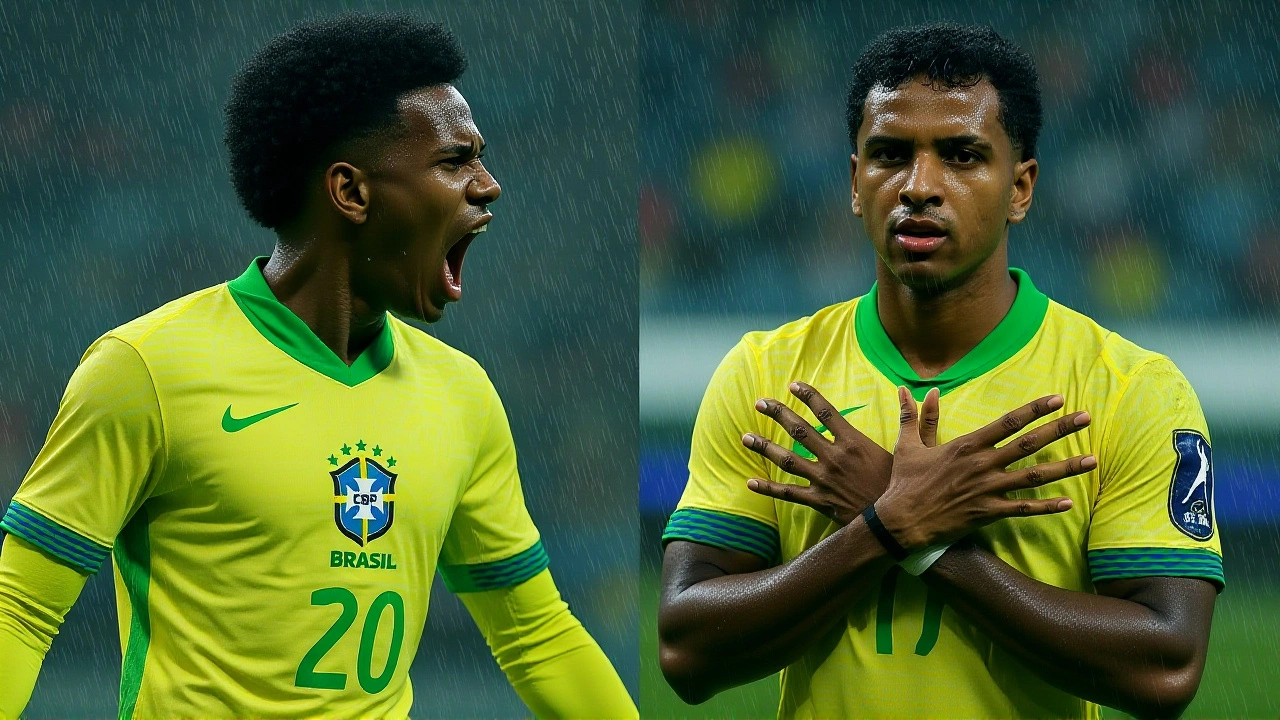Seoul World Cup Stadium
When talking about Seoul World Cup Stadium, the 66,000‑seat arena built for the 2002 FIFA World Cup in South Korea’s capital. Also known as Suwon World Cup Stadium, it serves as a home ground for football clubs, a concert venue, and a cultural hub. The stadium’s story starts with FIFA World Cup, the quad‑annual global football tournament that set the design brief for modern arenas. Architects answered that brief with stadium architecture, a blend of sleek steel, breathable façade panels, and locally inspired roof curves, creating a space that feels both futuristic and rooted in Korean tradition.
Key Features and Legacy
Seoul World Cup Stadium encompasses several core attributes that make it a benchmark for new venues. Its capacity of 66,000 meets FIFA’s minimum for world‑class finals, while modular seating sections let organizers shrink the space for club matches. The roof’s cantilever design reduces glare for players and offers rain protection for spectators – a direct response to the climate challenges highlighted during the 2002 tournament. These design choices illustrate the semantic triple: Seoul World Cup Stadium requires advanced climate‑control systems, and modern stadium architecture influences fan experience. The venue also houses state‑of‑the‑art locker rooms, medical facilities, and media centers, all wired for high‑speed connectivity.
Beyond football, the stadium’s versatile layout invites other sports. Rugby internationals, such as the EPCR Champions Cup finals, have been staged here, proving that stadium architecture enables multi‑sport usage. Concerts by global acts fill the bowl with sound‑engineered acoustics, while local festivals showcase Korean culture. This adaptability mirrors the trend seen in many of our recent articles, where venues host cricket matches, rugby clashes, and community events, reinforcing the idea that a world‑class arena serves a broad audience.
From a operational standpoint, Seoul World Cup Stadium embraces smart crowd‑management tools. RFID‑enabled tickets, real‑time seat‑availability dashboards, and AI‑driven security cameras keep entry flows smooth. These technologies fulfil the predicate: Seoul World Cup Stadium utilizes digital ticketing to enhance safety. The result is shorter queues, fewer bottlenecks, and a more enjoyable match‑day experience for fans arriving from neighborhoods across Seoul.
Location matters, too. Situated in the vibrant Gwangmyeong district, the stadium links to extensive subway lines, bus routes, and highway access points. This connectivity aligns with the semantic relationship: Seoul World Cup Stadium influences urban mobility patterns. Local businesses benefit from the foot traffic on game days, while city planners use the stadium’s presence to justify new transit upgrades, echoing the broader impact of large sports venues on city development.
Financially, the arena operates under a public‑private partnership model. Revenue streams include ticket sales, naming rights, hospitality suites, and retail concessions. The stadium’s flexible design allows it to host high‑margin events like international concerts, which supplement the lower‑margin sports fixtures. This diversification mirrors the economic strategies discussed in many of our tag‑related posts, where clubs balance league matches with lucrative exhibition games.
Looking ahead, the venue is slated for upgrades ahead of upcoming Asian Games and potential bids for future FIFA tournaments. Plans include expanding the LED façade for dynamic light shows, installing solar panels to reduce carbon footprint, and adding a dedicated e‑sports arena. These initiatives illustrate the triple: Seoul World Cup Stadium embraces sustainability to meet future event standards. As global sports shift toward greener operations, the stadium’s proactive stance keeps it competitive on the world stage.
Whether you’re a football fan tracking Korean league results, a rugby enthusiast curious about multi‑sport stadiums, or a concertgoer looking for the next big show, Seoul World Cup Stadium offers a blend of history, technology, and community spirit. Below you’ll find a curated list of recent articles that dive deeper into match analyses, venue news, and the broader sports landscape that this iconic arena helps shape.
Brazil Crushes South Korea 5-0 in Seoul Friendly, Young Stars Estêvão & Rodrygo Shine
Brazil thrashed South Korea 5‑0 in Seoul, with teenage star Estêvão and Real Madrid's Rodrygo each netting a brace, boosting their futures ahead of major tournaments.
More
